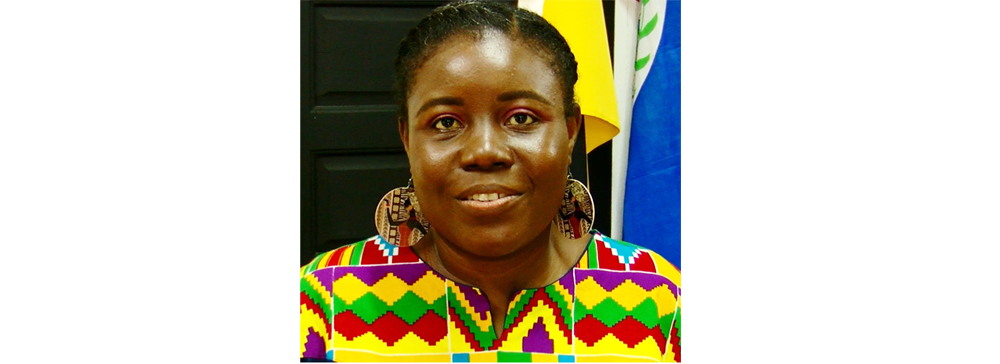Photo: Melissa Zuniga, Vice President of NGC Belize City Branch
by Charles Gladden
BELIZE CITY, Wed. Nov. 1, 2023
On Wednesday, November 1, the National Garifuna Council (NGC) officially launched its calendar of events for November leading up to Garifuna Settlement Day on the 19th day of the month.
In 1802, the first group of Garinagu settlers (approximately 150) arrived in Yarborough, Belize City, bearing surnames such as Avaloy, Avila, Beni, Blanco, Cayetano, Ciego, Diego, Ellis, Enriquez, Guerrero, Lambey, Lewis, Martinez, Moguel, Noguera, Nunez, Rhys, Reyes and Serano. One of the prominent leaders at the time was Benito Beni.
Then, two decades later, in 1823, the largest group of Garinagu migrants settled in southern Belize, where the group remains dominant.
This year’s Garifuna Settlement Day will be celebrated under the theme: “Our Land, Our Culture, Our Future: Involving our youth for Garifuna survival after 200 years in Belize”.
“We have overcome a lot of challenges, but we’re still here; we’re still a vibrant culture, we still have a lot that we can showcase. Our youth have a lot that they can learn from us, and so we want to ensure that we can pass on our traditions and culture to the youth for them to continue, so that, 200 years from now, the Garifuna people will still be alive. We will continue to pass on our traditions,” said Melissa Zuniga, vice-president of the NGC’s Belize City Branch.
“… The Garifuna people [as] a whole, we were exiled from St. Vincent. We ended up in Honduras, and from there we seemed to be displaced; and for us to still be there over 200 years later, that in itself is significant,” she added.
Zuniga told Amandala that attracting youths to the Garifuna people’s music and teaching them to make Garifuna clothing is a way to preserve the culture.
“We know the youth like music, so we can teach certain aspects of our culture through music; so, the traditional Garifuna songs have a lot of meaning—that is one way. Learning how to sew the clothing, that’s another way. A lot of schools, especially the technical schools, teach sewing so [they are] learning these different skills. Agriculture, here in [Belize] City, you can still plant maybe one cassava in your yard. You can still have certain herbs, and that’s one way [in] understanding its use.
“… It’s also up to parents and grandparents to share this information, [to] share the history of the family, [and] share where you came from. Because Garinagu in Belize City have roots in Guatemala or Honduras, so understand where you came from. It’s a collective responsibility, not only for the youth to want to learn, but for the adults,” she added.
According to Zuniga, in Belize City there will be a series of events leading up to the November 19th celebrations, which will include live drumming performances, and a solidarity mass along with the Garifuna Belize Pageant in Punta Gorda Town. There will also be a panel discussion of this year’s theme, and a tribute to Thomas Vincent Ramos and Andy Palacio.
Garifuna Settlement Day, originally known as Carib Disembarkation Day, was founded by Thomas Vincent Ramos in 1941 and was declared a public and bank holiday only for the Stann Creek and Toledo districts two years later. In 1977, it became a national holiday.

